#New York Harbor
Link

”Fifty years ago, Congress voted to override President Richard Nixon’s veto of the Clean Water Act. It has proved to be one of the most transformative environmental laws ever enacted.
At the time of the law’s passage, hundreds of millions of gallons of raw sewage was dumped by New York City into the Hudson River every day. This filth was compounded by industrial contaminants emptied into the river along much of its length. The catch basin for all of this was New York Harbor, which resembled an open sewer. At its worst, 10 feet of raw human waste blanketed portions of the harbor bottom, and certain reaches held little or no oxygen to sustain the life of its fishery. Trash floated among oil slicks.
Health advisories against eating fish from the Hudson remain, but its ecology has largely recovered, thanks to the law, which imposed strict regulations on what could be discharged into the water by sewage treatment plants, factories and other sources of pollution. Today people swim in organized events in New York Harbor, which would have been unthinkable in 1972 when the law was passed. Across the country, billions of dollars were also spent to construct and improve sewage treatment plants, leading to recoveries of other urban waterways.
Cleaner water has made the harbor far more hospitable, and other steps have helped to rebuild life there, like fishing restrictions and the removal of some dams on tributaries in the Hudson River watershed.
The harbor’s environment remains compromised even so. It continues to be stressed by sewage overflow during rainstorms and by habitat degradation, such as loss of salt marshes from development and sea level rise. But the ecological workings of the harbor have been returned to a functional level, a revitalization that owes much to this landmark act of Congress.
Fifty years on, the story of this remarkable recovery can be told through some of its key animal species.
American oyster
Oyster reefs once covered roughly 350 square miles of harbor bottom around New York City. Untreated sewage contributed to a severe decline in the oyster population that lasted through the 20th century. The wild oyster population has begun to recover; a nine-incher known as Big was found in 2018 by a diver at a Hudson River pier. The nonprofit Billion Oyster Project is also at work restoring oyster reefs in the harbor, which provide habitat for other species...
Bald eagle
Once a rarity across North America, largely because the now-banned pesticide DDT compromised its ability to reproduce by weakening its eggshells, the bald eagle has made a strong comeback, taking advantage of the harbor’s resurgent fish life. As many as 10 now live on Staten Island, including the borough’s first nesting pair, known as Vito and Linda.
Humpback whale
The increased abundance of menhaden, a critical food source for the whales, has likely drawn humpbacks into the Hudson estuary. In December 2020 a humpback whale was seen in the Hudson just one mile from Times Square.
Harbor heron
Herons, egrets and ibis once nested all over New York Harbor. But demand for their plumage for women’s hats in the late 19th century, followed by the decimation by sewage pollution of the fish and crabs they preyed on, contributed to almost a century-long absence. Improved water quality has led to the birds’ recovery, with more than a thousand breeding pairs.
Osprey
Like the bald eagle, osprey numbers plummeted because of the widespread use of DDT. Today this bird of prey, also known as a fish hawk, is often spotted over the harbor hunting fish close to the surface, which they snatch with their outstretched talons. The cleaner harbor’s revitalized fish populations have helped drive the osprey’s return.”
-via The New York Times, 12/30/22
#new york#nyc#new york harbor#bald eagle#oyster#humpback whale#heron#osprey#conservation#endangered species#ecosystems#ecosystem restoration#good news#hope
2K notes
·
View notes
Text
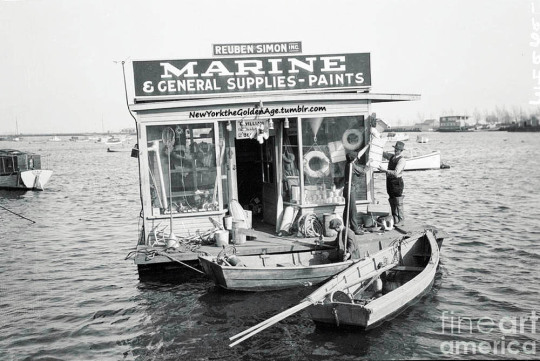
A floating hardware store, May 26, 1922. It was one of a fleet of floating marine stores operating in and around New York Harbor, selling marine merchandise to fishermen. Anything from a fishhook to an anchor could be obtained on board.
Photo: Bettmann Archives/Getty Images/Fine Art America
#vintage New York#1920s#hardware store#boat#New York Harbor#May 26#26 May#boat supplies#boat hardware
148 notes
·
View notes
Text
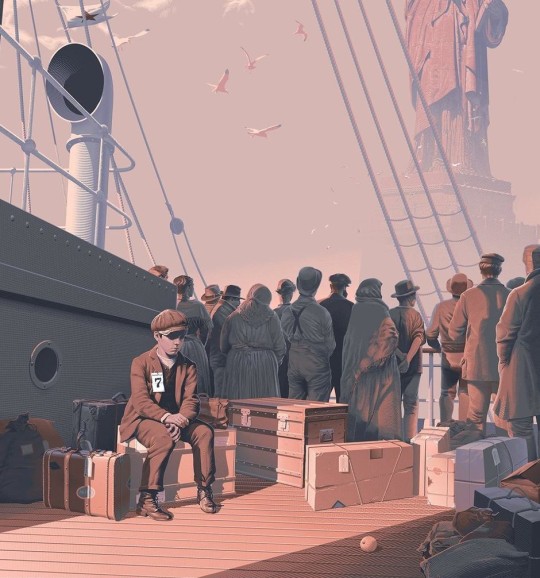
The Godfather: Part II (1974)
#1974#film#movie#mafia#The Godfather: Part II#The Godfather#Francis Ford Coppola#Mario Puzo#Oreste Baldini#Vito Andolini#Robert De Niro#Vito Corleone#Don Vito Corleone#Gastone Moschin#Don Fanucci#Al Pacino#Michael Corleone#Red Star Lines#Statue Of Liberty#Liberty Island#New York Harbor#New York#New York City#NYC
25 notes
·
View notes
Text
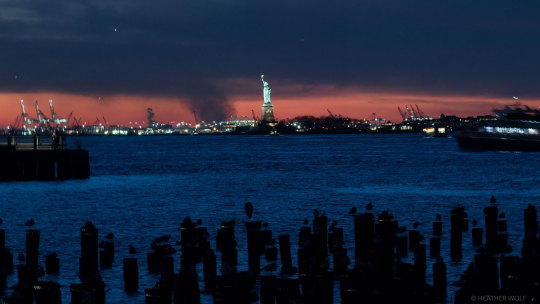
Great Blue Heron, Ring-billed Gulls, and others on pilings at sunset. Brooklyn Bridge Park, Pier 1
#birds#birding#urban birding#nuts_about_birds#birdstagram#patch birding#nature blogger#nyc nature#brooklyn#brooklyn bridge park#nyc#nature#statue of liberty#new york harbor#great blue heron#nyc sunset#sunset#atardecer
38 notes
·
View notes
Photo
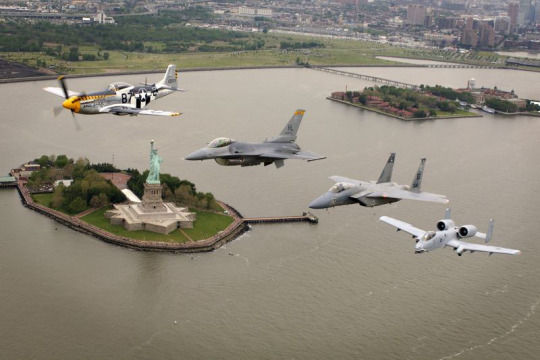
USAF Heritage Flight visiting New York Harbor
#USAF#ACC#AFHFF#Heritage Flight#P-51 Mustang#F-16 Viper#F-15 Eagle#A-10 Warthog#New York Harbor#Statue of Liberty
205 notes
·
View notes
Text

New York Harbor, October, 2023
Photo: Bruce Morrow
#bruce morrow#brucemorrow#bruce-morrow#digital art#the moment that#my art#myart#new york harbor#new york city#governor's island#skyline#sky#themomentthat#photographers of tumblr#original photographers#photographers on tumblr#photooftheday#my photos#photography
20 notes
·
View notes
Photo

New York Harbor in Moonlight, by Edward Moran (1829-1901)
88 notes
·
View notes
Text

I was flying over New York City and the Statue of Liberty, landing approach for LaGuardia Airport.
#light photographybydavidfrancebeverly#digital photography#new york#statue of liberty#new york harbor
8 notes
·
View notes
Text
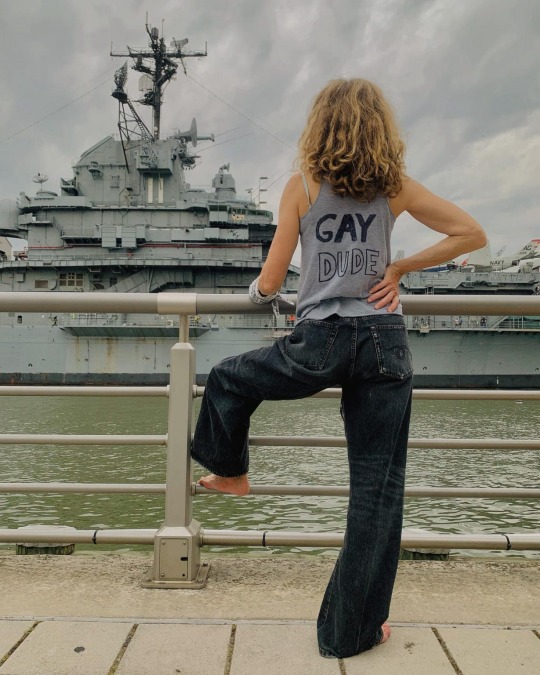
Sophie B. Hawkins opposite the USS Intrepid (CV-11) in New York Harbor (1990s)
#1990s#sophie b hawkins#musician#artist#lgbt#uss intrepid#new york harbor#new york#nyc#new york city#celebs
17 notes
·
View notes
Text
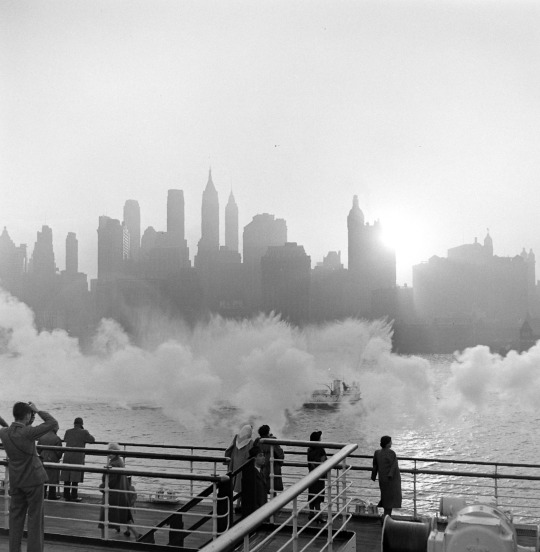
New York City Harbor from the ocean liner Queen Elizabeth, 1946. Sam Shere.
#NYC#new york harbor#new york city harbor#queen elizabath#ocean liner#vintage yachts#vieformidable#harbor#ocean#NY City#Vintage NYC#black & white photography#b&w photography#photography
32 notes
·
View notes
Text
Happy Birthday Lady Liberty 🗽




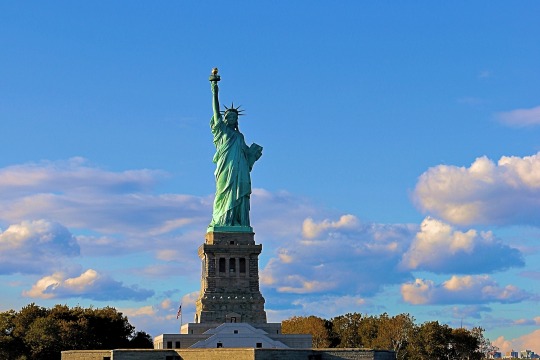

#Gull#Statue of Liberty National Monument#Liberty Birthday#Ellis Island and Liberty Island#Liberty Island#Cruise Ship#Birds Flying#Statue of Liberty#Ellis Island#Jersey City#New Jersey#Cloudysky#Ocean#Wildlife#Seabirds#Atlantic Ocean#New York Harbor#Birds#Ferries#Boat#Sailboat#Skyscrapers#Manhattan#Skyline#New York City#Battery Park#The Battery#New York
9 notes
·
View notes
Text
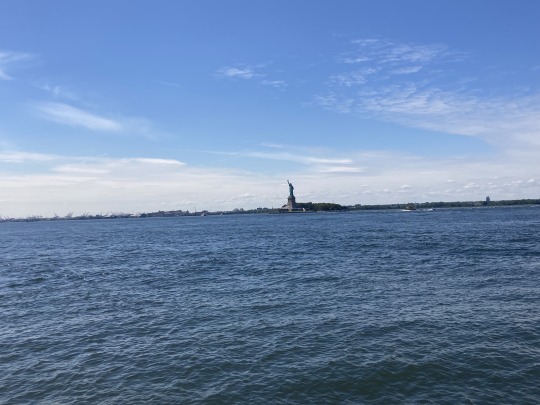
#New York Harbor#Statue of Liberty#landscape#New Jersey#New York#view from Governors Island#view from the island
3 notes
·
View notes
Text






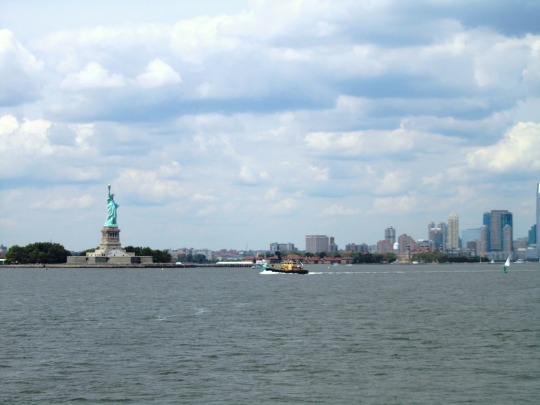
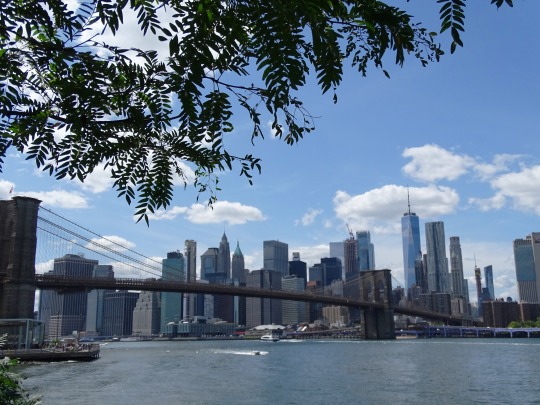
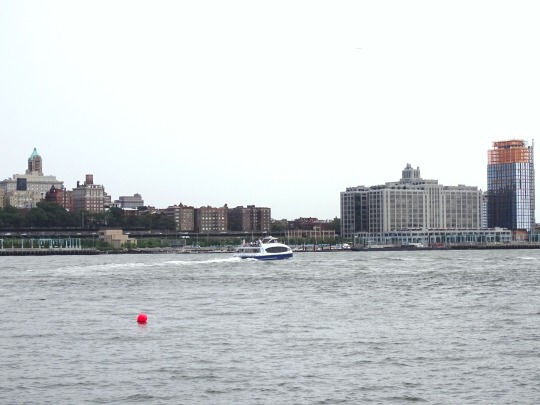

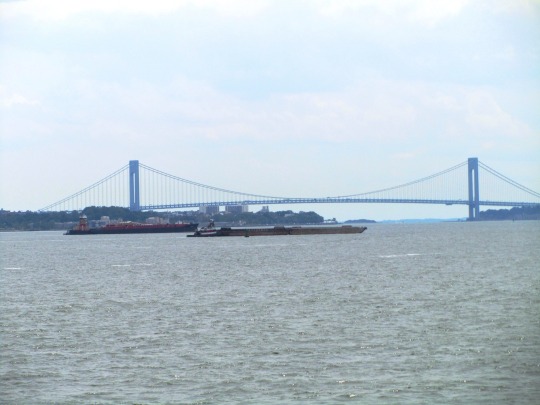

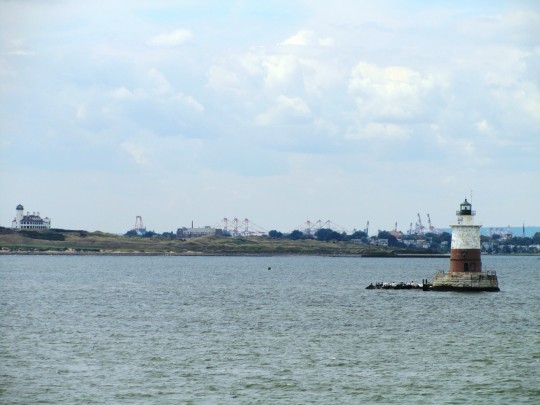

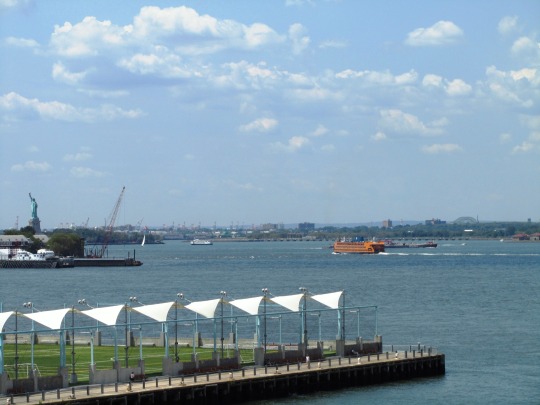
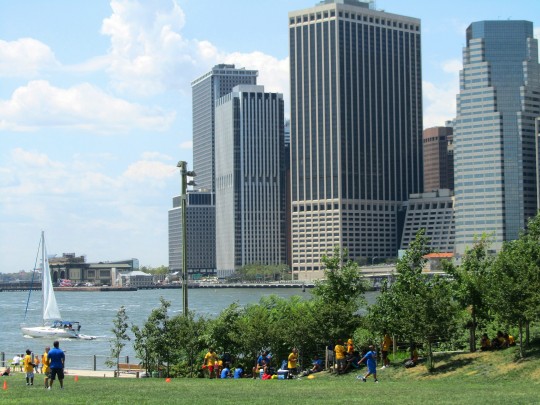

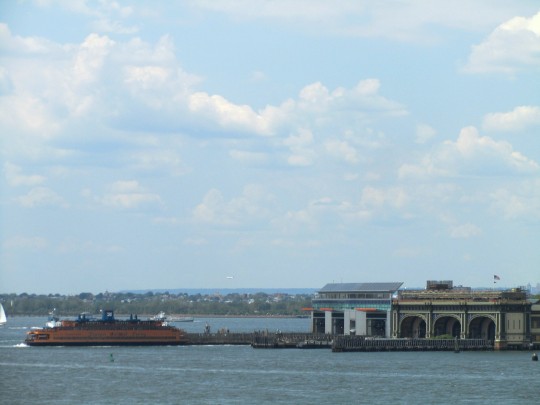

Giovanni da Verrazzano reached New York Harbor on April 17, 1524.
#Statue of Liberty National Monument Ellis Island and Liberty Island#New York City#Giovanni da Verrazzano#reached#New York Harbor#Statue of LIberty#USA#summer 2013#2018#2019#original photography#architecture#Manhattan#East River#Brooklyn Bridge#Brooklyn#on board the Staten Island Ferry#17 April 1524#500th anniversary#US history#white colonialism#skyline#One World Trade Center#travel#vacation#tourist attraction#cityscape
4 notes
·
View notes
Text

New York Harbor at night with the Statue of Liberty in the distance.
#history#nyc history#new york city#nyc#vintage nyc#postcards aesthetic#vintage postcards#postcards#harbor#new york harbor#statue of liberty#early 1900s#voca1ion
2 notes
·
View notes
Photo
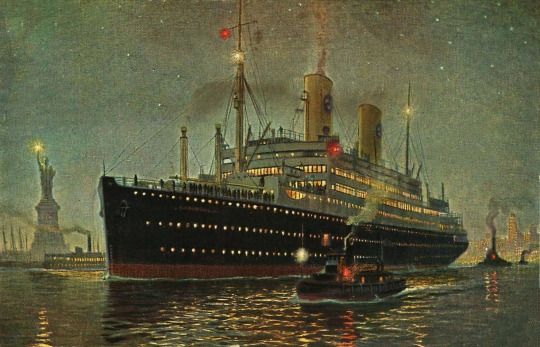
Late Night Vibes with this 1931 T.M.S. Kungsholm Ocean Liner Ship in New York Postcard
@postcardtimemachine
@express-liner
76 notes
·
View notes
Text
youtube
New York Harbor was a haven of incredible underwater biodiversity—until centuries of pollution turned it into a cesspool. Today, an alliance of architects, restaurateurs, scientists, and high school students is working to restore the harbor and protect the city from climate change. At the heart of the effort is a tiny creature with an outsized talent for cleanup: the extraordinary oyster.
#Nature on PBS#wild hope#solarpunk#tidalpunk#rewilding#USA#new york#oysters#new york harbor#billion oyster project#oyster#marine life#native wildlife#ocean#sea#Youtube#oyster beds
2 notes
·
View notes